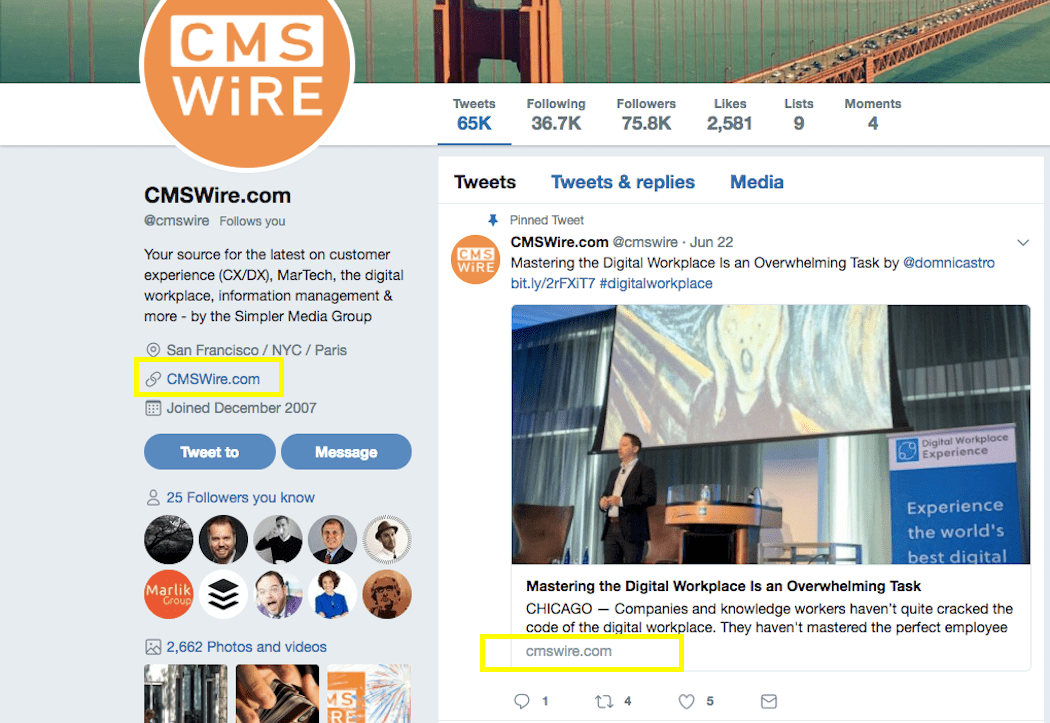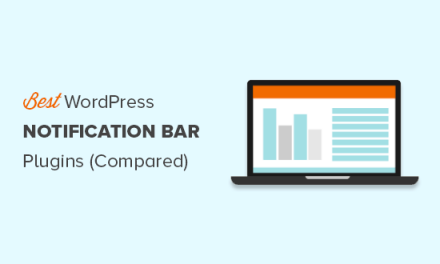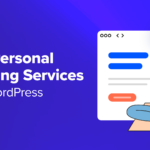Do you remember when black hat SEO was a major problem? Google eventually caught on to these unethical SEO tactics employed by shady (and, let’s be honest, lazy) people, so it may not have had a chance to get too close to you. Nevertheless, if you’ve ever had a client ask if you knew where they could buy links from, that’s definitely a remnant of those black hat SEO days—and something you want to stay away from at all costs.
I think the worst part about black hat SEO was the aftermath. It’s not like building up backlinks was the problem. It was the manner in which people acquired those backlinks that was, since they basically tricked the search algorithms into rewarding quantity over quality.
Being well past the pervasiveness of black hat SEO abuses, we need to get over that fear that Backlinks = Bad. We know that search engines recognize a strong network of backlinks as a signal of authority (even if they won’t admit it). It’s just a matter of knowing how to gain those links through genuine link-building strategies.
In this article, I want to talk about what a backlink is and how to go about building up a strong network of backlinks to improve your site’s search ranking, all while still staying in the good graces of the search engines and your visitors.
Continue reading, or jump ahead using these links:
- The Various Ways to Use Links to Improve SEO
- 15 Ways to Get High-Quality Backlinks to Your WordPress Site
- Write Actionable Blog Posts
- Write Guest Articles
- Blog on Third-Party Sites
- Develop Long-form Content
- Create Tutorials
- Write a Case Study
- Showcase Partner Logos
- Provide Reviews for Others
- Get Your Link Out on Social
- Show Off on Social
- Update Your Gravatar
- Create Profiles on Q&A Sites
- Upload Your Portfolio
- Get Interviewed
- Issue a Press Release
The Various Ways to Use Links to Improve SEO
Let’s start with the basics. There are typically three kinds of links you’re interested in when building a WordPress site:
Internal links connect readers of your site with other pages of content within the site. This keeps them moving through related topic after related topic, which in turn helps demonstrate your knowledge and expertise.
External links connect readers of your site with other websites. But why would you ever want to provide a link that could potentially push a visitor off your site? Well, it’s usually because you want to give a source credit for information you’ve included on your site. You know this back from high school. Quotes, statistics, and original research should always be cited. It’s also good for improving the user experience when you suggesting they do something and then provide them with a quick link to follow through on that action.
Which brings me to backlinks. These are links that point back to your site, but appear on other websites. Let’s say you published a hilarious infographic on the differences between dating in the ‘90s versus dating in the ‘10s. You may find that a whole bunch of dating sites, women’s and men’s e-magazines, and maybe even Buzzfeed want to embed a copy of it on their blogs. In turn, they’ll likely give your site credit with a backlink. (Basically, an external link, but in reverse.)
Internal and external links are both important for creating a strong impression on your WordPress site. However, backlinks are even more important as they demonstrate to search engines (and readers) that you’re a trusted authority around the web, and that your content is so good that others can’t help but drive their own traffic to it. Of course, these backlinks are only going to be beneficial if:
- They’re genuine (meaning you didn’t pay someone to plant them).
- They’re relevant and, consequently, drive relevant traffic to your site.
- They come from reputable sources.
It’s this last point that can give marketers some pause since backlinks from websites with poor reputations can negatively affect SEO. So, if there were ever a reason not to want to actively work on building a network of backlinks to your site, that would be the one caveat. However, it should be easy enough to work around this. So long as you’re creating connections with reputable and high-authority websites, and paying attention to where your backlinks come from, you should be fine.
15 Ways to Get High-Quality Backlinks to Your WordPress Site
According to a 2015 study done by Moz, they found a very strong correlation between top ranked sites on Google and external links. Of the top 50 search results they assessed, they found that 99.2% of them had at least one backlink. While it’s not impossible to rank without a backlink, the evidence suggests that if you want to make that coveted first page of search results, you need at least one high-quality backlink.
Okay, so now that we got that out of the way…
We know that backlinks are awesome for SEO. We also know that we need to be careful when going about obtaining them. Here are some tips on how you can inspire popular, high-authority, and well-trusted websites to link to your website:
#1. Write Actionable Blog Posts
Well-written and informative blog posts are awesome. It’s basically like you’re giving away free lessons to your visitors in exchange for their patronage. However, if you want to motivate them to link back to your site within their own content, you have to give them something more. Blog posts that provide actionable tips—usually in list format or a step-by-step guide—will give others the opportunity to leverage your expert guidance for their own benefit.
#2. Write Guest Articles
This is really no different than writing content for your site. The only difference is that you have to follow someone else’s guidelines before it gets published. If you do go this route, don’t stress over embedding links to your site within the article; in fact, most outlets frown upon that. Simply just ask if you can put one link in your bio. If the site has a high enough profile, that one link is all you’ll need anyway.
#3. Blog on Third-Party Sites

Perhaps the best place to put well-thought-out and informative posts is on third-party blogging sites. Obviously, that’s not to say these sites wouldn’t benefit from how-to articles. It’s all about creating content for the right place and the right time, and these sites are usually about straight-up thought leadership content. LinkedIn and Medium are good ones to look into.
#4. Develop Long-form Content
Writing a piece of content that discusses the merits of adopting an older dog is nice when you want to connect with your audience, but writing a guide on the 100 ways to help an older dog adapt to its surroundings would most likely elicit a stronger response. If you really want people to link to your content, create something truly of value. Long-form content like e-books, white papers, and manuals work best for this.
#5. Create Tutorials
Another way you could create helpful content others are dying to link to is by developing tutorials. Whether you’re a WordPress developer who recorded a live WordPress training session or a web designer who has created an infographic on the 15 tips for mastering the latest design trend, these creative tutorials that come straight from the expert are always an attractive sell.
#6. Write a Case Study

Before I write any new content, the first thing I do is search for statistical evidence of the point I want to make. The way I see it, my audience will have an easier time listening to me if I point them to solid proof.
That’s why case studies are so powerful. Find a client’s before-and-after success story, write it up with tons of visuals and statistics, and publish on your site (with client’s consent of course). If your case study makes a solid argument for why CTAs belong above the fold, others may find your data valuable enough to link to and use in their own work.
#7. Showcase Partner Logos
This is one of those tit-for-tat situations, but nevertheless is one that will work if you get a valuable backlink out of it. If your business partners with high-profile companies, talk to them about showing off your logos on each other’s websites.
#8. Provide Reviews for Others
Yes, it can be annoying to receive a testimonial or review request from someone when you’re in the middle of a rush rebranding job and barely have time to stop and collect last month’s invoices. The next time this happens, however, I’d urge you to just say “yes”. In exchange for a testimonial or review, you can ask them to include a link back to your site.
#9. Get Your Link Out on Social

Although Google has made it clear they don’t (or, more accurately, can’t) use social media as a ranking factor for websites, that doesn’t mean social can’t be used for backlinking opportunities. You can:
- Add your site’s URL to all your social media profiles—for your company, yourself, and maybe even encourage employees to do so as well.
- Promote your content and business’s products or services through posts on social.
- Create videos, slideshows, and other visual content for niche social media sites (like YouTube or Instagram) and include a link back to your site in the description.
#10. Show Off on Social
While you work on generating your own backlinks, don’t forget to encourage others to share your content as well. The worst way to do this? “Hey guys, I just published this article. Please share it for me!”
The best way to do this? Talk about topics on social that are relevant to your business. Trust me, people will take notice—especially if you’re sharing their content and tagging them. Quid pro quo is alive and well on social media.
#11. Update Your Gravatar

Did you know that Gravatar is part of the Automattic family? This means that any website—including your own WordPress site—linked to Gravatar can pull in the profile you’ve created there. This ensures that your website URL will show up on any site where your Gravatar bio does (like when you comment on another blog).
#12. Create Profiles on Q&A Sites
As a WordPress professional, you know how strong the community is around it. There are a number of opportunities to get involved with that community and to lend your input when your expertise is needed. Sites like Stack Overflow, Quora, the WordPress forums, and, of course, the WPMU DEV community.
#13. Upload Your Portfolio

Do you have a design portfolio or something free to give away like a plugin or wireframe kit? Hop on sites like Dribbble, create a profile (with a link to your site), and start sharing.
#14. Get Interviewed
Are you a local expert? Or perhaps you developed a new technique or product that others would find valuable? Maybe you just helped a major Fortune 500 revamp their website? Whatever waves you’re making in your part of the world, use it to get interviewed by podcasts, local new sites, or niche bloggers. In exchange for the interview, they’ll likely give your site a shout-out.
#15. Issue a Press Release

Along that same vein, if you have something truly newsworthy happen to you (like one of your sites won an Awwward or you just sold a million copies of your plugin), issue a press release about it. And not just on your website. Use a service like PRweb so it’ll get picked up by other news channels that will link back to your site, too.
Once you’ve got this backlink train in motion, don’t forget to review the backlinks coming in to your site. You can find a list of these by going to Google Search Console; look under Search Traffic > Links to Your Site. If you find any questionable links (meaning they’re irrelevant or come from inappropriate sites), you can disconnect them.
Wrapping Up
Black hat SEO made things a little hairy for marketers and web developers for a while. But now that those shady SEO tactics are, for the most part, gone, we can focus on using positive link building strategies for our sites. A strong network of high-authority backlinks can speak volumes to the credibility of your business, so take some time to think about how best to get your site in front of others and motivate them to link back to it from their own sites.
Tags:











